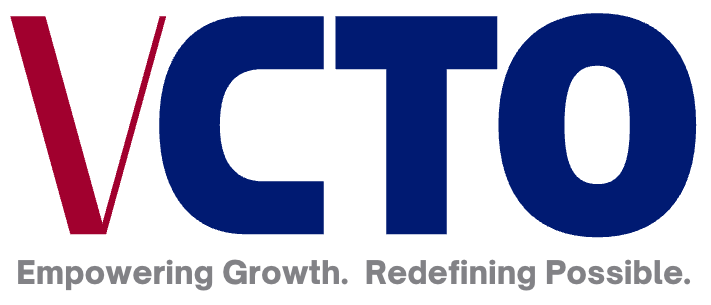
The Illusion of Productivity: Why Being Busy Won’t Get You Ahead
In today’s fast-paced business world, being busy has become a badge of honor. The constant motion, the endless emails, the packed schedule—these things make us feel productive. But is all this activity actually getting us closer to our goals, or is it just keeping us stuck in the cycle of busyness?
There’s an old analogy about filling a jar with big rocks, pebbles, and sand. If you start with the sand—the small, urgent but often trivial tasks—you’ll never have room for the big rocks, which represent your most important priorities. But if you put the big rocks in first, the smaller things will naturally fill in around them. The key to real productivity is making sure the big rocks go in first.
The Problem with Being “Busy”
Many professionals fall into the trap of reacting to the immediate rather than focusing on the important. They spend their days responding to emails, attending meetings, and checking off tasks that, while necessary, don’t fundamentally move their business forward. They’re working hard but not strategically.
The challenge is that busyness feels good. Crossing off items on a to-do list creates a sense of accomplishment. Tackling urgent requests makes us feel needed. But this cycle keeps us running in place rather than progressing toward long-term success.
Redefining Productivity
Being productive isn’t about getting more done—it’s about getting the right things done. It’s about asking:
Does this task support my big goals? If not, why am I doing it?
Can this be delegated? Just because you can do it doesn’t mean you should.
Does this need to be done right now? Urgency doesn’t always equal importance.
What happens if this task never gets done? If the answer is “not much,” it’s probably not a priority.
True progress happens when we consciously shift from doing to leading, from reacting to strategizing, from urgent to important.
The Power of Letting Go
Many business owners and leaders struggle with the idea of stepping back. They’ve built their success by being hands-on, solving problems, and driving the business forward through sheer will. But as a company grows, that level of involvement becomes a bottleneck.
Scaling isn’t just about adding more resources; it’s about creating systems and empowering people so that the business doesn’t rely on any one individual. It means letting go of the need to personally oversee every detail and instead focusing on building a business that operates independently and efficiently.
This transition is hard. It requires trusting the process, trusting the team, and most importantly, trusting that stepping away from the small things is what allows big things to happen.
Shifting from Present Thinking to Future Thinking
One of the biggest obstacles to real transformation is that we focus on what’s right in front of us rather than where we want to go. It’s easy to prioritize what’s pressing today over what will set us up for success a year from now. But future success isn’t built on a foundation of reactive decisions—it’s built on intentional action.
If you want to grow a company, you have to spend time building systems, refining processes, and ensuring your technology and operations are aligned for scale. If you want to move into a leadership role, you need to develop strategy, communication skills, and executive presence—not just be good at solving problems.
And that means carving out time for what matters most, even when it doesn’t feel immediately productive.
The Role of a Chief Transformation Officer
A Chief Transformation Officer (CTO) helps businesses and leaders make this shift. Unlike a traditional executive focused on operations or technology alone, a CTO ensures that business strategy, process optimization, and technology implementation are working together to create a scalable, efficient organization.
A CTO helps businesses:
Prioritize long-term growth over short-term busyness.
Create systems that free up leadership to focus on strategy.
Use technology not just as a tool, but as a driver of efficiency and scale.
Eliminate bottlenecks by shifting responsibilities from individuals to processes.
This transformation isn’t just operational—it’s cultural. It requires a mindset shift from being involved in everything to leading with intention.
Stepping into Strategic Leadership
At the end of the day, the biggest difference between being busy and being productive is clarity. It’s knowing what truly moves the needle and having the discipline to focus on it, even when distractions are everywhere.
Letting go of busyness isn’t about doing less—it’s about doing what actually matters. It’s about putting the big rocks in first.
Julio



